
Bus operators currently face a host of challenges amidst ongoing uncertainties regarding future funding, driver shortages and escalating traffic congestion.
Many are scrutinising their operations and networks closely, but the teams at Omnibus and EPM Bus Solutions believe the key to addressing the multifaceted issues arising from these challenges lies in enhancing efficiencies and rationalising processes.
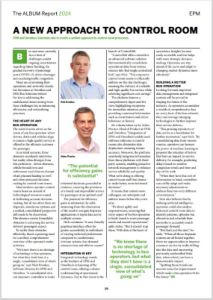
The heart of any bus operation
The control room serves as the nexus of any bus operation where drivers, duties and vehicles align to ensure a high-quality service is offered to the ultimate customer – the passenger.
In an ideal scenario, these elements seamlessly intertwine but reality often diverges from this perfection – driver absences, vehicle breakdowns and unforeseen road closures disrupt what’s planned leading to swift and often pressured decision-making by control room teams.
Most modern operator control rooms boast an arsenal of technological resources aimed at facilitating accurate decision-making, but all too often these are disparate, standalone systems and a unified, consolidated perspective still needs to be discovered. This absence creates formidable obstacles to achieving the service delivery passengers expect.
 To tackle these obstacles effectively, there’s a pressing need for a unified, comprehensive overview of the operator’s entire activities. “We know there is no shortage of technology in bus operators, but what they don’t have is a single, consolidated view of what’s going on,” says Nick Brookes, Software Director for EPM and Omnibus.
To tackle these obstacles effectively, there’s a pressing need for a unified, comprehensive overview of the operator’s entire activities. “We know there is no shortage of technology in bus operators, but what they don’t have is a single, consolidated view of what’s going on,” says Nick Brookes, Software Director for EPM and Omnibus.
“A consolidated view can empower controllers to make informed decisions grounded in evidence, ensuring the provision of a timely and dependable service for passengers at an optimal cost.” The potential for efficiency gains is substantial, he adds, stemming from the elimination of the need to navigate disparate applications or input data across multiple screens. Nick continues: “A user-friendly graphical interface offers far greater accessibility to individuals of varying technical proficiencies compared to cumbersome, intricate systems that demand extensive time and effort to master.
Integration is key
Integrated technology stands as the linchpin of EPM and Omnibus’s revisioning of the control room, offering a clearer understanding of operational dynamics. Key to that vision is the launch of Control360.
“Control360 offers controllers an advanced software solution that automatically consolidates operational data from various sources into that single centralised hub,” says Nick. “This empowers control room teams to efficiently address on-the-day challenges, ensuring the delivery of a reliable and high-quality bus service while achieving significant cost savings.” The platform features a comprehensive depot and live view, highlighting exceptions for immediate attention and providing contextual information such as event history and driver behaviour or history.
 It’s a theme taken up by Aiden Proctor, Head of Product at EPM and Omnibus: “Integration of EPM and Omnibus’s widely used software solutions in control rooms also eliminates data duplication, ensuring instant accuracy. Moreover, the platform seamlessly integrates information from those platforms with third-party systems, enabling proactive network management to enhance service reliability and quality.
It’s a theme taken up by Aiden Proctor, Head of Product at EPM and Omnibus: “Integration of EPM and Omnibus’s widely used software solutions in control rooms also eliminates data duplication, ensuring instant accuracy. Moreover, the platform seamlessly integrates information from those platforms with third-party systems, enabling proactive network management to enhance service reliability and quality.
What we’re doing is offering control room staff that chance to make better, more informed decisions.” It means that control room colleagues can anticipate and address issues before they even arise. “It’s about agility and responsiveness, ensuring that every aspect of the bus operation is finely tuned to meet passenger needs and exceed expectations,” adds Aiden. “But it doesn’t stop there. With data at the heart of operations, insights become easily accessible and that helps with more strategic decision-making. Operators can stay ahead of the curve and adapt to changing market dynamics more effectively.”
Building a better bus operation
Looking forward, improved data management and integrated systems will be pivotal in shaping the future of the industry. As operators accumulate a wealth of comprehensive data on every facet of the bus network, they can leverage emerging technologies to further improve their service delivery.
“This growing repository of data serves as a foundation for further innovation,” says Nick. “By consolidating data from various sources, operators can harness the power of machine learning to pinpoint the interplay of factors that have an impact on service delivery, for example, predicting delays based on weather, congestion trends and time and day of the week. “When they have that sort of information to hand, controllers can swiftly adapt and make necessary adjustments to address these two very different circumstances.”
Nick also believes that by utilising artificial intelligence, operators could also analyse historical control room data to identify patterns, optimise bus allocation and schedule their networks to accurately match passenger demand. “But that’s just the start,” he adds. “When all those disparate systems are all linked together, there are opportunities to improve customer service by really drilling into the data and uncovering previously unidentified links that, when solved, can have a demonstrable impact. “Spotting those trends can uncover areas for improvement which make a bus operation fit for the future.
Reinventing the control room
Technology empowering control room teams
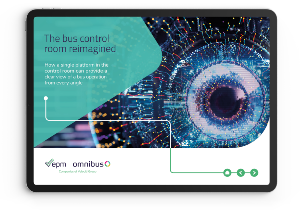


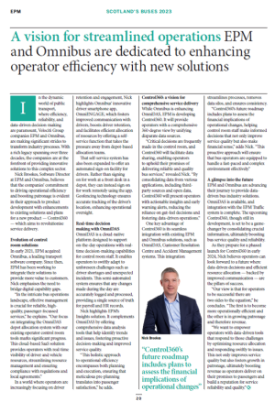
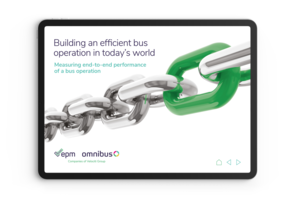

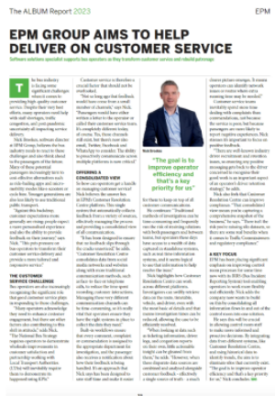

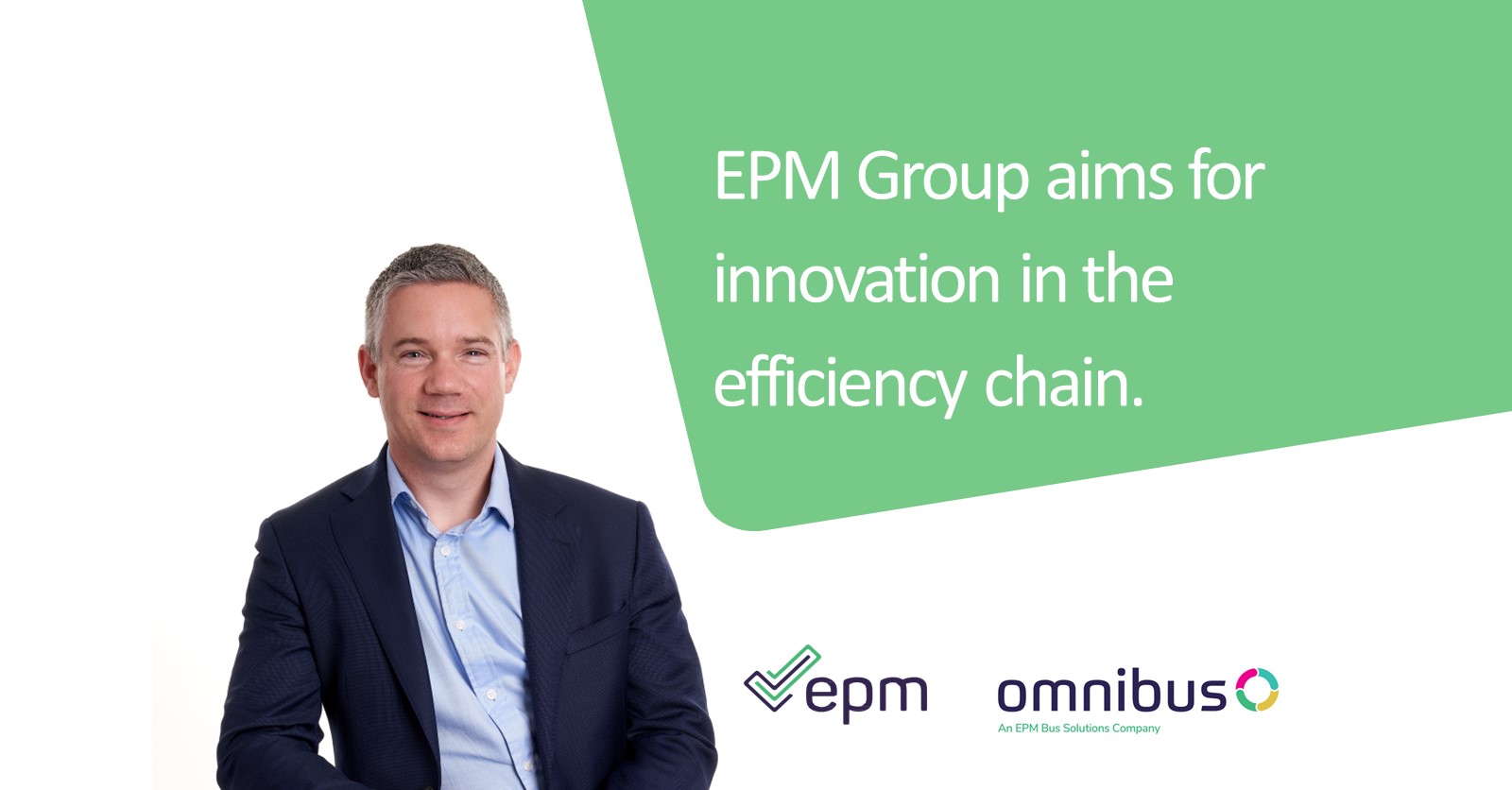
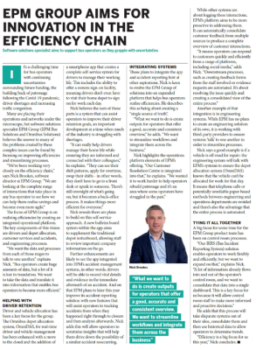


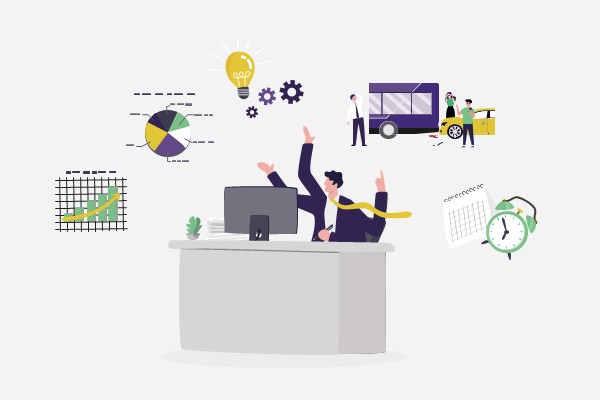



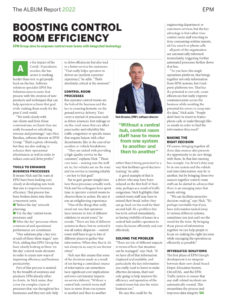
 “They are tasked with providing a high-quality service to the customer,” explains Nick. “Those core tasks – making sure the staff are in, the vehicles are on the road and the service is running reliably – are key to that goal.”
“They are tasked with providing a high-quality service to the customer,” explains Nick. “Those core tasks – making sure the staff are in, the vehicles are on the road and the service is running reliably – are key to that goal.”
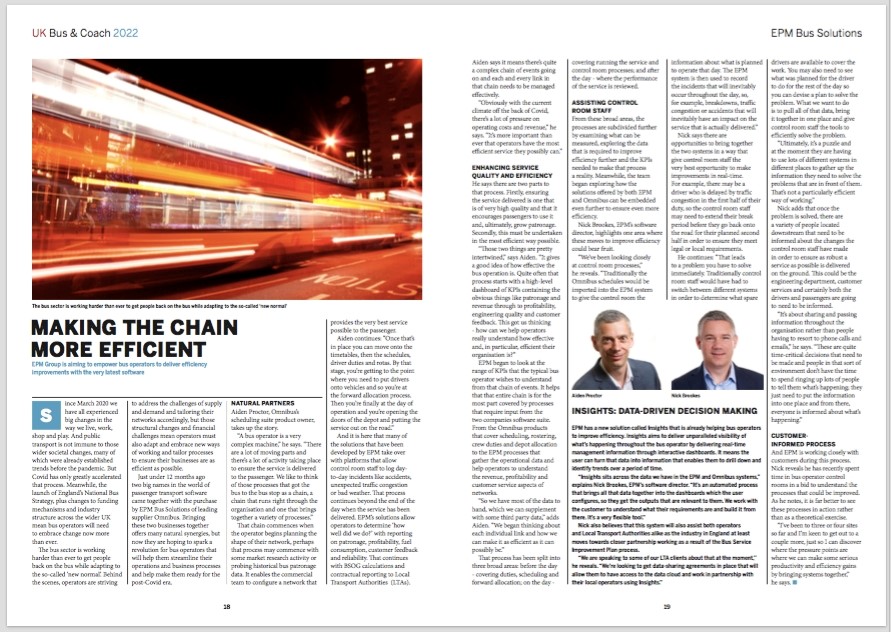
 “A bus operator is a very complex machine,” he says. “There are a lot of moving parts and there’s a lot of activity taking place to ensure the service is delivered to the passenger. We like to think of those processes that got the bus to the bus stop as a chain, a chain that runs right through the organisation and one that brings together a variety of processes.”
“A bus operator is a very complex machine,” he says. “There are a lot of moving parts and there’s a lot of activity taking place to ensure the service is delivered to the passenger. We like to think of those processes that got the bus to the bus stop as a chain, a chain that runs right through the organisation and one that brings together a variety of processes.”